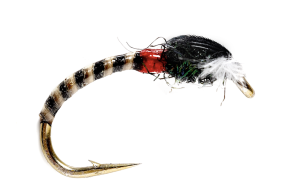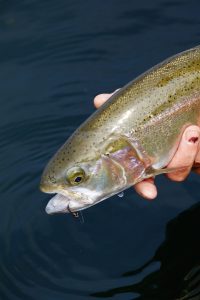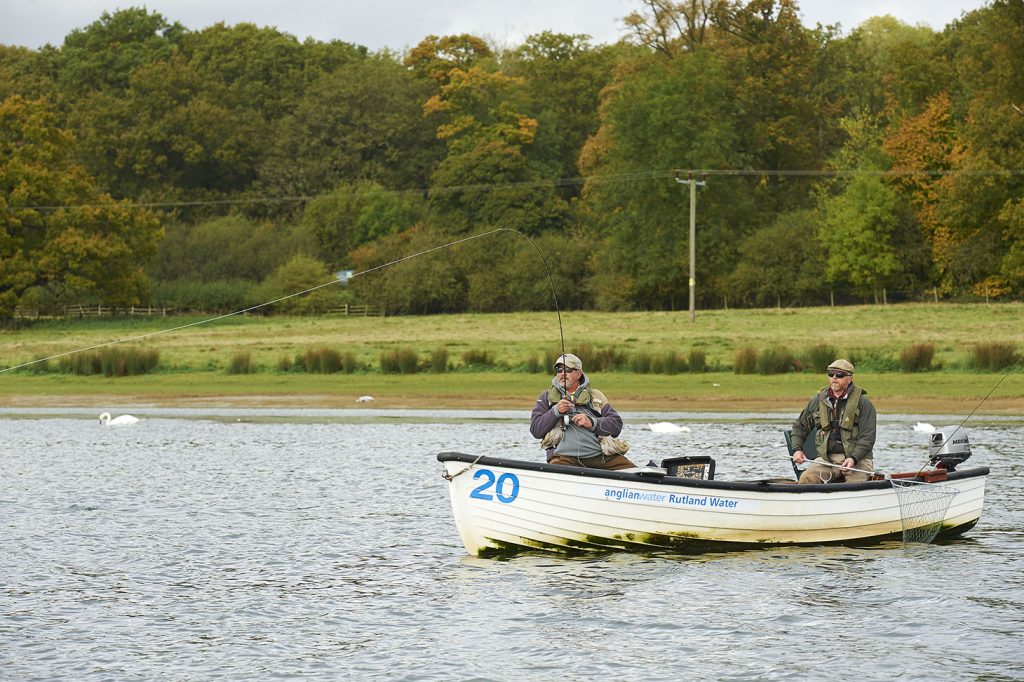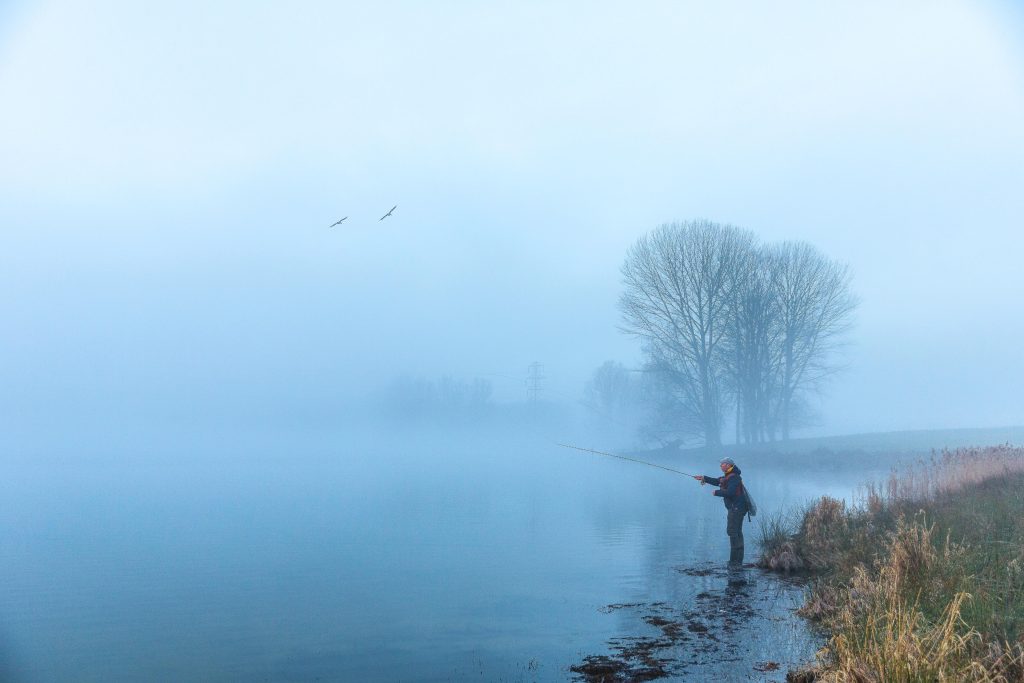Buzzer-fishing: your questions answered
Rob Edmunds and Peter Cockwill provide answers to the most asked questions about fishing the buzzer hatch.
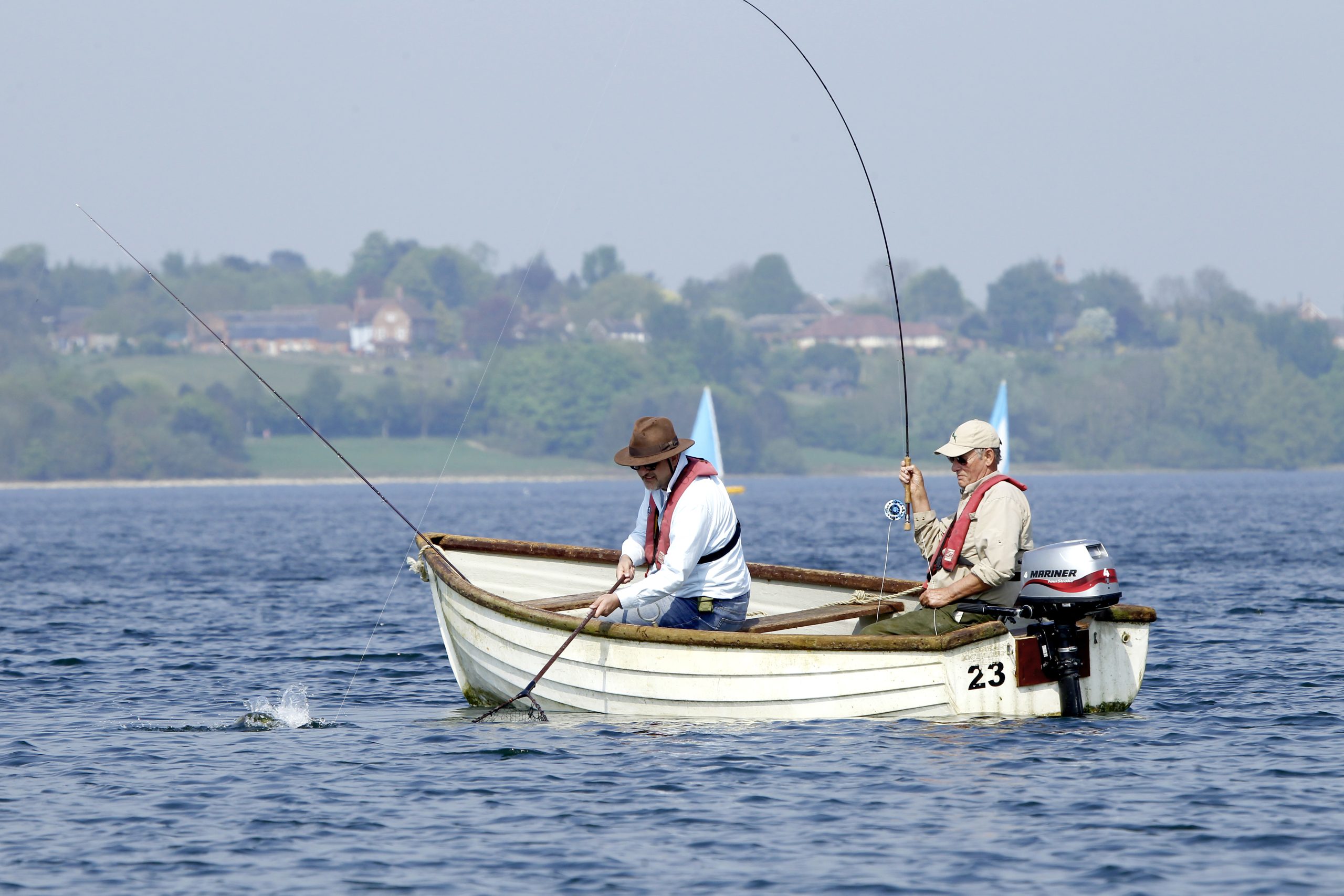
The buzzer (or non-biting midge or chironomid) makes up 90 per cent of a stillwater trout’s natural diet, but how many of us know how to fish the buzzer hatch?
Is it best to leave your artificial Buzzers to drift in a crosswind? Exactly how slow is a slow retrieve? Umm. What colours are best and when?
Stillwater experts Rob Edmunds and Peter Cockwill offer different takes on these and more
Q Is it best to allow Buzzers to drift in a crosswind with the angler keeping tension on the line? Or should they be fished straight line and static with the wind at your back?
Rob Edmunds: Both work equally well and are correct. Drifting from left to right or right to left allows you to cover more water, and the movement will induce the fish into taking your fly. Static with the wind off your back can also produce excellent results, especially if you’re fishing close to or over a feature, such as a drop off or a weedbed.
Peter Cockwill: Natural buzzers can only move up and down in the water column or move with surface drift – hence across the wind is a great technique.
Q If Buzzers should be retrieved on a given day, what retrieve is best?
Rob Edmunds: No one retrieve is always correct. The best method can range from static to a fast figure-of-eight. However, a very slow figure-of-eight is more usual, just keeping in contact with the line, then the odd slow 1ft-2ft pull to raise the flies in the water and then allow them to drop down naturally. It’s during this rise and fall that many takes can occur.
Peter Cockwill: Fish Buzzers dead slow or with no retrieve at all.
Q If the naturals move slowly or remain static, why does a fast figure-of-eight retrieve sometimes work?
Rob Edmunds: It will often work if there are plenty of freshly stocked trout present, who do not yet recognise natural buzzers.
Peter Cockwill: Trout are curious and will react to a pulled Buzzer.
Q Given that natural buzzers rise and fall, drift and wriggle, talk us through your retrieve in detail.
Rob Edmunds: I’ll make a cast and leave everything static for, say, 15 seconds so that the flies have all sunk and are vertical. Then I’ll make a slow pull or figure-of-eight, taking up about 1ft-2ft of line. Then stop for 10 seconds, which does two things – first, it raises all the flies in the water, then it lets them fall again, just like a natural nymph. Also, if you’re fishing a bung or indicator, this pull on the line causes a big disturbance on the surface, which again attracts the trout to your flies. This slight movement can make all the difference.
Q What colours are best and when?
Rob Edmunds: Black Stripped Quill Buzzers are easily the best, with Olive Green Buzzers second best and Red Buzzers or Bloodworm imitations last. That’s all you need.
Peter Cockwill: Red and black are great overall colours but look at what’s hatching. Generally, use lighter colours for warmer conditions.
Q Describe the Buzzer colours to use on a three-fly cast.
Rob Edmunds: The brightest nymph/Buzzer goes on the top dropper: for example, a pearl rib/back or fluorescent red head. This will attract and pull the fish to your flies (while also catching the sun better). This set-up doubles your chances of catching fish because they have to swim by the other natural-looking flies on your cast, twice.
Q What sizes should we be using generally and when?
Rob Edmunds: Sizes 8, 10 and 12 will suffice all season 99% of the time. In the cooler winter months, buzzers are usually smaller, so 12s are best. In spring and summer, size 8s and 10s are better (size 8 is bigger, heavier and will turn the cast over easily, reducing tangles. A size 8 on the point will also ensure the cast sinks fast).
Peter Cockwill: Size 10 seems fine for colder conditions, such as winter and early spring. But come summer, it’s best to go as small as a 16.
Q How many Buzzers should I fish on my leader and how far apart should they be?
Rob Edmunds: Fish to your ability. It’s better to fish one fly correctly at the right depth than two or more incorrectly. On small waters, I usually set up a newcomer with an 8ft leader and a Buzzer at 4ft and 8ft. On a reservoir, it’s a 9ft leader with flies at 5ft and 10ft. Obviously, the depth of water you’re fishing is a consideration. I usually aim to fish the point fly 3ft off the reservoir bottom and the dropper in mid-water. Try not to cast to the horizon – you will tangle when fishing multiple flies.
Peter Cockwill: Up to four flies, dependent on fishery rules regarding the number of flies allowed, but two is enough for fear of multiple hook-ups – 4ft-5ft apart suits most anglers.
Q Is the indicator the best way to present Buzzers?
Rob Edmunds: The bung or indicator is a very good method for presenting buzzers or indeed any fly pattern. It allows you perfect depth control and a visual indication of when a fish takes the fly – you see the take before you feel it, and takes can be very shy when fishing Buzzers. When you move the bung, the disturbance can attract fish to the cast, as can the silhouette of the bung. However it’s not always the best method and, when fishing buzzers deep (over 15ft), its effectiveness is limited because you struggle to net fish that take the point fly.




